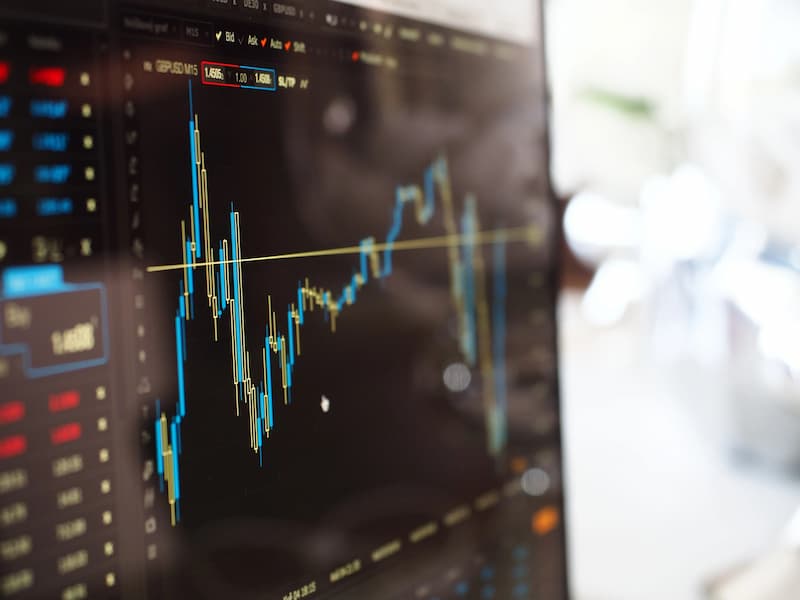
Q1 2022 Market Update
Published on April 05, 2022
The investment landscape for the first quarter of 2022 was met with a multitude of events ranging from the invasion of Ukraine, elevated and persistent inflation, high levels of volatility in the stock and bond markets, and the Federal Reserve making a policy change. Market participants saw wild swings in the US indices throughout the quarter with the S&P 500 reaching a low of down approximately -12% near the end of February. March saw a decent retracement bringing the index down roughly 5.5% through the end of the quarter. The US bond market was not spared from the volatility. We saw some extreme moves in the treasury yield curve as the market digested the policy change from the Federal Reserve.
Geopolitical
The invasion unfolding in Ukraine has impacted economies and markets the world over. We saw, and continue to see, the increased price in commodities ranging from energy (e.g., oil) to food staples (e.g., wheat). Ongoing price impacts are likely as the fighting continues.
Inflation
For 2022, we have seen the inflation rate hover close to 8% on a year over year basis. As mentioned above, the invasion of Ukraine has impacted the input cost for many of the refined products that we use every day. However, that alone is not the only driver behind the inflation we have seen in Q1. Many economists and market analysts opine as to what could be the cause: supply constraints, too much demand, under investment, government spending. Ultimately, inflation has reached the broader economy in an impactful way and is now on the forefront of everyone’s mind, including the Federal Reserve (Fed).
The Federal Reserve
For much of 2021, the Fed had called inflation, ‘transitory.’ Simply a result from supply constraints created by the pandemic that would correct itself in time. However, that all changed in 2022 when inflation not only was persistent but increasing. At the Fed’s March meeting, they announced an increase to the Fed funds rate of 25bps, bringing the target range to .25% to .5%. In that meeting, they outlined a plan for continued rate increases through the remainder of the year with a target rate of 2.75% by 2023. By tightening the money supply, i.e., raising borrowing costs, the Fed is deploying the same strategy they used to combat inflation of the 1970’s. While inflation during that time was much higher than today, the Fed funds rate reached a high of 14.6% in 1980.
In summary, Q1 2022 saw the markets react negatively to inflation and geopolitical risks. The Fed began taking steps to address inflation monetarily by raising interest rates. So far, the stock market is taking the policy change in stride. The bond market however is flashing warning signs as yield curve inversion becomes the new buzz phrase. Investing always brings with it many risks, but how you manage those risks inside your portfolio determines the outcome.






